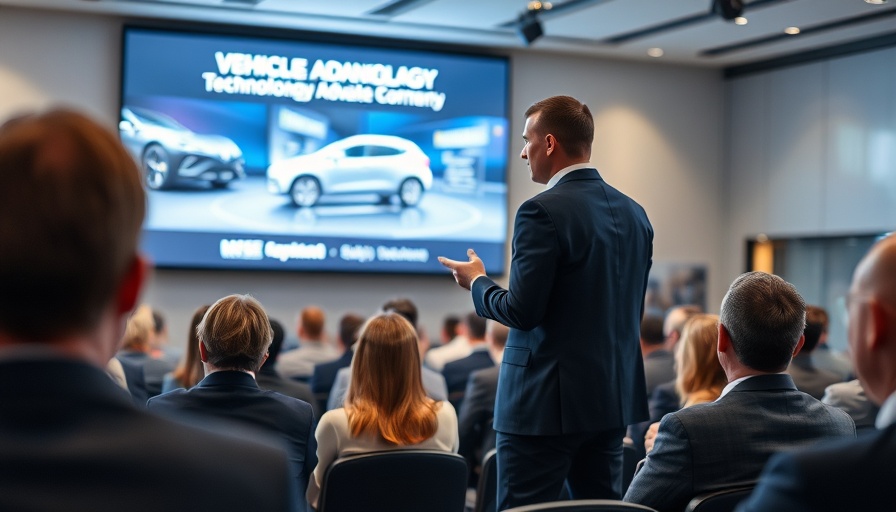
Driving Forward: The Importance of Collaboration in Vehicle Technology
The automotive landscape is rapidly evolving, driven by advancements in technology and a growing understanding of driver behavior. At the forefront of this evolution is the MIT Advanced Vehicle Technology Consortium, which recently celebrated a decade of transformative collaboration between academic researchers and industry leaders. This partnership has been pivotal in enhancing vehicle technology, focusing on how drivers interact with sophisticated automotive features.
Raising Awareness About Vehicle Technology
This collaboration marks a significant turning point by producing valuable data that informs the design and implementation of automotive systems. As vehicles become more advanced, understanding driver behavior becomes essential. The consortium's research has revealed insights into user interaction with technology, informing developers on how to create user-friendly systems that prioritize driver safety and comfort.
The Future of Automotive Design: An Educational Approach
As the automotive industry continues to embrace emerging technologies such as artificial intelligence and machine learning, the need for educational programs that teach students about these advancements is crucial. The consortium not only fosters industry connections but also promotes educational initiatives that prepare the next generation of engineers and researchers. By bridging academia and industry, students can gain practical insights into real-world applications and challenges.
What Lies Ahead in Vehicle Technology?
With autonomous vehicles on the horizon and advances in AI transforming how cars function, the collaboration between MIT and industry partners will be vital for shaping future developments. As these technologies become more integrated into everyday driving, ongoing research will be necessary to address emerging challenges, ensuring safety, efficiency, and driver satisfaction.
Engaging Communities: Why This Matters
The implications of this collaboration extend beyond the technical realm. By fostering partnerships that actively engage communities, the consortium aims to create technologies that reflect the needs and preferences of real drivers. This community-focused approach ensures that advancements not only improve technology but also enhance the driving experience for everyone.
 Add Row
Add Row  Add Element
Add Element 



Write A Comment